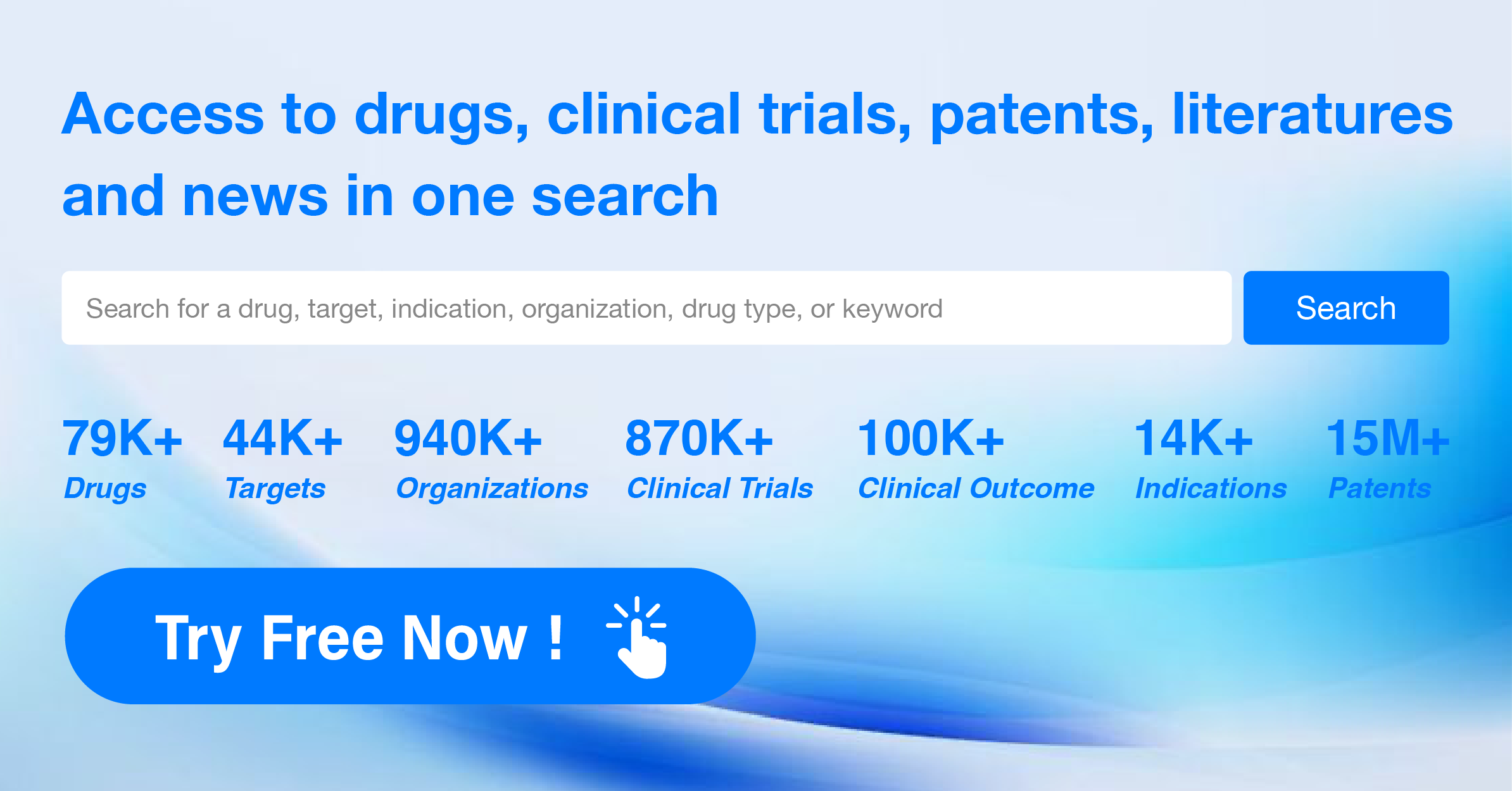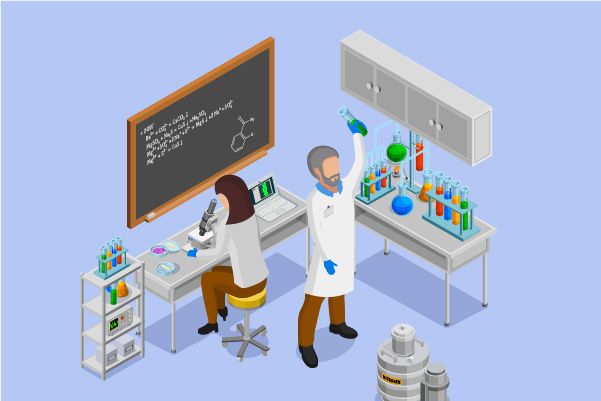Cellular and Gene Therapies: What is My Optimal Dose?
Dose selection and justification start with proper planning from the beginning of a development program to build a story of how your drug/therapy interacts with the body and how the body responds in kind. As details of the underlying mechanism of action emerge and IND-enabling studies are planned, consideration should be given during nonclinical development for the use of modeling and simulation to inform dose selection for clinical studies. Pharmacometric models describe the current understanding of the drug/therapy and simulations help predict next steps for testing the drug in animals and humans. Dose selection and justification of a cellular or gene therapy could be determined by using these steps:
Identify or predict analytes that can be measured after drug administration and can be analyzed pharmacokinetically or using cellular kinetics
Determine if any biomarkers or pharmacodynamic effects are known and can be measured for the drug/therapy
Correlate drug concentration to effect, if possible, in animals and scale such correlations to humans using simulations based on a model of the drug’s behavior
Predict anticipated Phase 1 study human doses from animal studies using modeling and simulations
Test a range of human doses in Phase 1 and refine the mathematical model based on those investigations that could include PK, PD, and cellular kinetic data
Use the updated model that has been built with animal and human data to simulate and predict a dose range to investigate in Phase 2 clinical studies
Refine the pharmacometric model with Phase 2 clinical data and further inform dose selection for confirmatory Phase 3 clinical studies
Use Phase 3 data to solidify the overall understanding of the drug’s PK/PD or cellular kinetics in the target patient population and fill in any gaps needed to support a regulatory filing for marketing approval (NDA, BLA)
Based upon an understanding of the underlying biology and data generated from nonclinical and clinical studies, pharmacometric models can be built, refined, and applied to make predictions. These predictions can support not only product development decisions like appropriate dosages for clinical trials, but can also provide key support to the product labeling and, most critically, to the safe and effective use of the drug once on the market.




